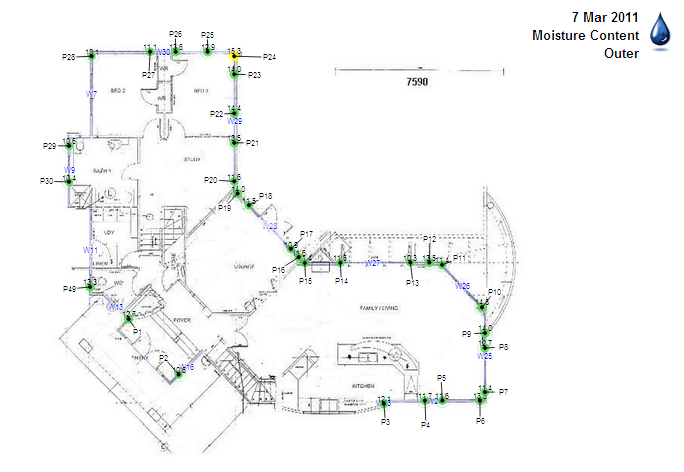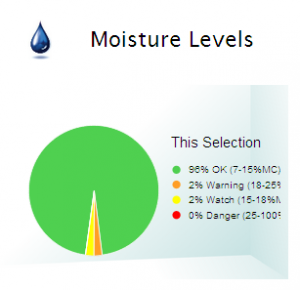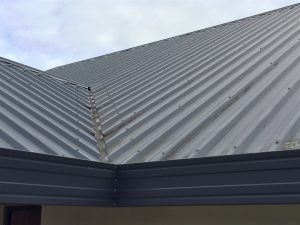Some owners knew their building was approaching the 10 year mark and knew from talking with others that they could claim compensation before 10 years was up, but not after.
They decided to install the Mdu Probe System to non-destructively check the building to see if there were any problems before the 10 year mark ticked over so if there was problems they could claim compensation.
The Step Up Group presented the Mdu Probe results to the owners onsite and the results showed that there was significant problems:
- Timber damage was present
- The timber appeared untreated
- There were signs of moisture ingress
This showed that there was a need to consider applying for compensation by lodging a claim with the WHRS or another route. The next question was how long they had to claim before they became “ineligible”. The owners had bought their Council file and a review of the files showed that exactly TOMORROW was their final opportunity to lodge with the WHRS and be eligible for a claim.
That night the Step Up Group helped the owners sort out their WHRS Application form, and ensured that their claim would be adequately processed within time to ensure that the claim remained eligible.
It has been a very big decision, but the owners have now successfully lodged with the WHRS and are now eligible for compensation. Their challenge now is to gain the right level of compensation for the lowest cost to them. Again Step Up Group have been able to assist here and guide the owners in the right direction, and will be able to assist in taking them through the process.
That night, the owners alerted the other 3 neighbours, and they will be arranging for their properties to be installed with the Mdu Probe System to check their properties. Unfortunately they chose not to apply to the WHRS but will at least be able to identify the scope of their issues and minimise the cost and impact of remediation to be completed.
h#






 The
The 
